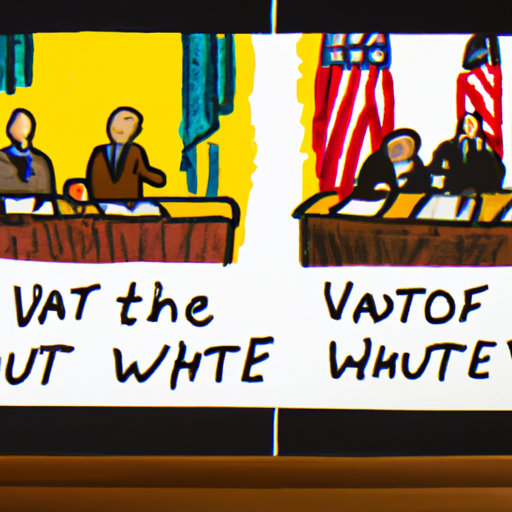Who Approves Treaties and Presidential Appointments: A Closer Look at the Process
When it comes to the governance of a country, the approval of treaties and presidential appointments holds significant importance. These processes ensure that the executive branch operates within the boundaries set by the legislative branch, promoting checks and balances within the government. In this article, we will delve into the intricacies of who approves treaties and presidential appointments, shedding light on the process and the key players involved.
Approval of Treaties
Treaties are formal agreements between countries that establish legally binding obligations. Before a treaty can come into effect, it must be approved by the appropriate authorities. In the United States, the power to approve treaties is vested in the President and the Senate.
The process begins with the negotiation of a treaty by the President or their representatives. Once the negotiations are complete, the President submits the treaty to the Senate for its advice and consent. The Senate then reviews the treaty, holds hearings, and conducts debates to assess its implications for the country.
To approve a treaty, the Senate must provide its advice and consent by a two-thirds majority vote. This requirement ensures that treaties receive broad support and reflect the interests of the nation as a whole. Once the Senate approves a treaty, it becomes binding on the United States.
Presidential Appointments
Presidential appointments refer to the selection and appointment of individuals to various positions within the executive branch. These positions include cabinet members, ambassadors, federal judges, and other key officials. The process of approving presidential appointments involves both the President and the Senate.
The President has the authority to nominate individuals for these positions. Once nominated, the Senate reviews the qualifications and suitability of the nominees through confirmation hearings. During these hearings, the Senate evaluates the nominee’s background, experience, and potential conflicts of interest.
To confirm a presidential appointment, the Senate must provide its advice and consent by a simple majority vote. This requirement ensures that the President’s nominees undergo thorough scrutiny and are fit to serve in their respective roles. Once confirmed by the Senate, the appointees can assume their positions and carry out their duties.
The Importance of Checks and Balances
The process of approving treaties and presidential appointments is an essential aspect of the checks and balances system in the United States. It ensures that no single branch of government has unchecked power and that decisions are made collectively, with input from multiple stakeholders.
By requiring Senate approval for treaties and presidential appointments, the Founding Fathers sought to prevent any potential abuse of power by the executive branch. This system promotes transparency, accountability, and the representation of diverse viewpoints in the decision-making process.
In conclusion, the approval of treaties and presidential appointments involves a careful and thorough process in the United States. The power to approve treaties lies with the President and the Senate, while presidential appointments require the President’s nomination and Senate confirmation. These processes play a vital role in maintaining the balance of power within the government and ensuring that decisions are made in the best interest of the nation.




